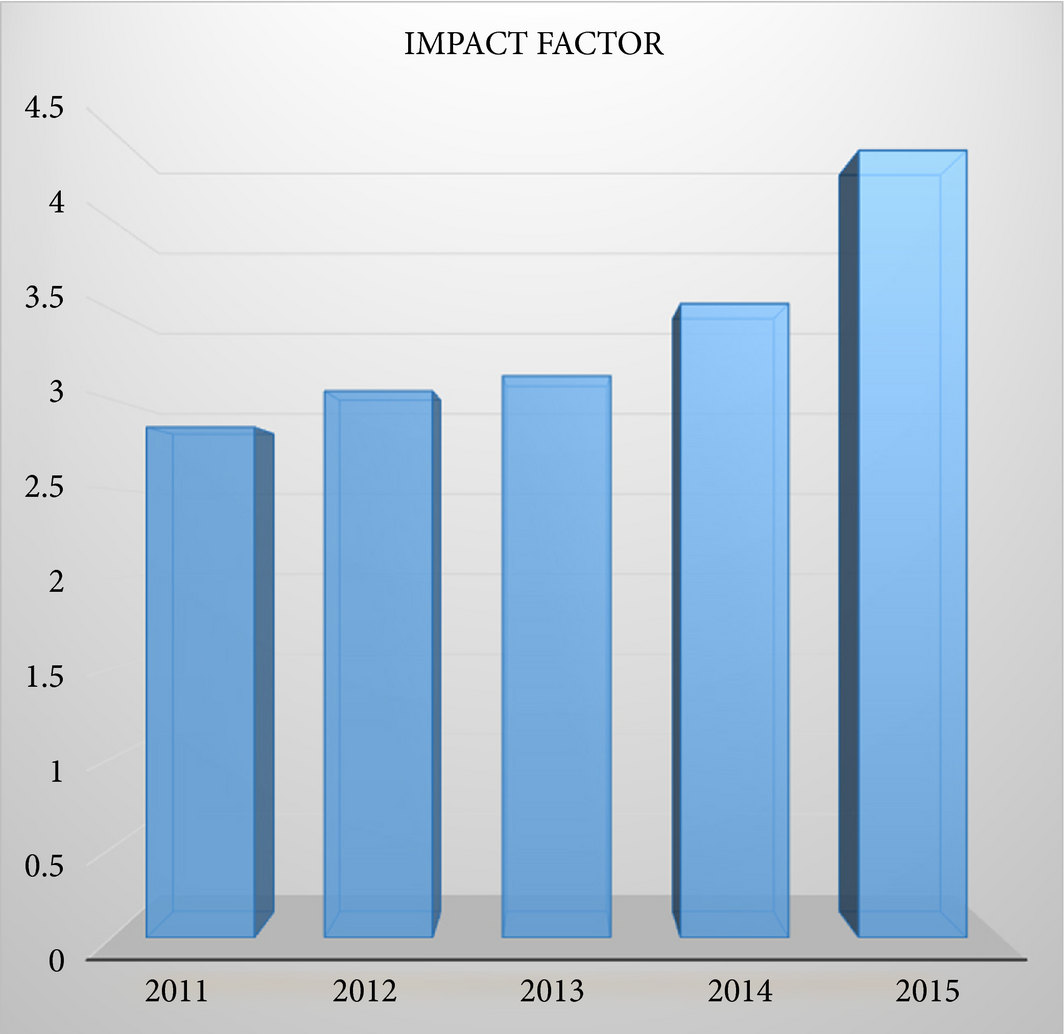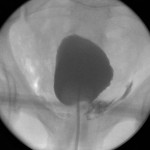The impact factor may be flawed but important
It has been a nice summer for the BJUI. Our impact factor has gone up to 4.387, the highest ever in the history of the Journal and we made the Altmetrics Top 50 for the first time ever with a score of 1166, Nature being the numero uno. I wanted to thank our editorial team, readers, authors and reviewers for their dedication and commitment, which made this possible.
The question is how did we do this? For a journal without official society guidelines, it was not easy. So we had to focus on original articles rather than reviews and guidelines. There were three essential steps:
- Publishing the highest quality, citable papers irrespective of geographical location [1] – for example, this month we have highlighted the importance of personalised medicine in BPH from Taiwan [2], whereby the authors show that an endothelial nitric oxide synthase (eNOS) genetic polymorphism has a negative impact on response to α-blockers.
- Reducing the number of papers published while selecting clinically relevant, large prospective studies and trials – an example of this is the LAParoscopic Prostatectomy Robot Open (LAPPRO) study from Sweden [3], showing that even in very-low-risk prostate cancer, upgrading after radical prostatectomy occurs in over a third of patients and that the functional outcomes are not as good as expected.
- Amplifying our content through social media – this means that we believe in interaction with a wider audience, immediacy of response, and are not afraid of the occasional controversy and debate. An example is the comment on clostridium histolyticum collagenase followed by a brief editorial on what may increasingly be seen as an important treatment option for Peyronie’s disease [4].
Many consider the impact factor of a journal as a ‘gaming’ exercise, flawed by its very nature. I was very pleased to receive a WhatsApp from one of my colleagues saying how pleased he was that at the BJUI we have always played ‘with a straight bat’. An important consideration is that Universities often count original papers in the best journals for measuring academic output, which in turn drives income from various sources. In the UK this is given the term ‘returnable’ when considered within a system called the Research Excellence Framework. I am really pleased that the BJUI is now ‘returnable’ with its new impact factor and is seen as a serious player within a highly demanding system. I am aware that this also true for other international institutions, which is in keeping with our global presence as a journal without boundaries.
References




Congratulations Prokar and entire BJUI team for achieving this extraordinary position. Flawed or not, impact factor makes a great difference in the standard of a journal. As you mentioned one of the feedback was BJIU played with ‘a straight bat’ is absolutely true. Affiliation and representing more than 9 academic associations in itself is a true testimony of the standard BJUI has acquired over the years. It’s a true global journal, best wishes, keep it up.
Thank you Makarand.
It is the support of friends like you which makes the effort so enjoyable.
See you in Mumbai for the 50th anniversary of USICON Jan 2017.